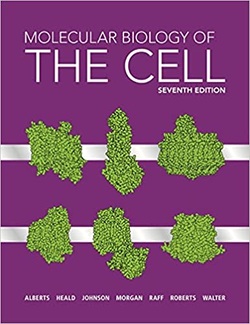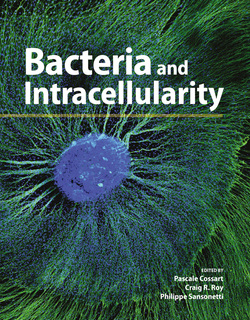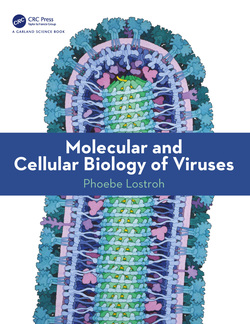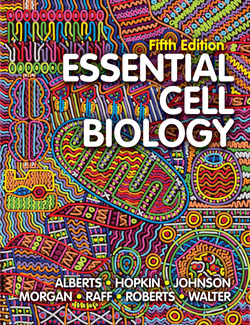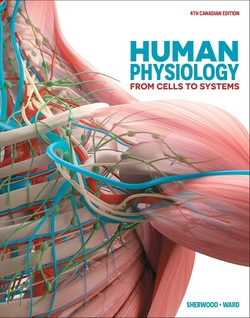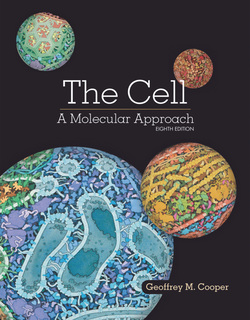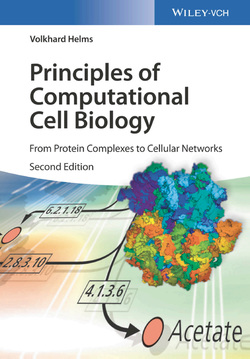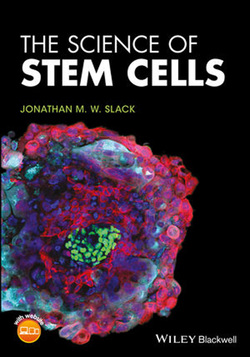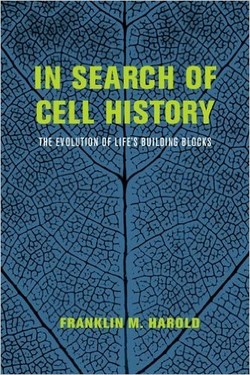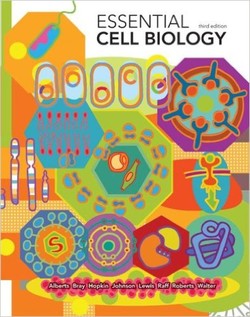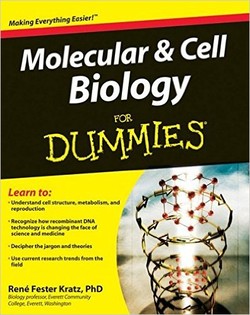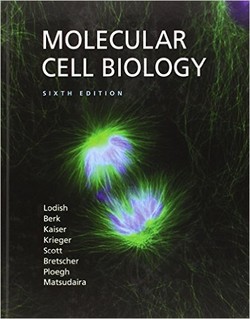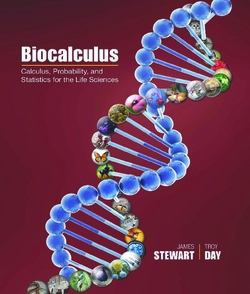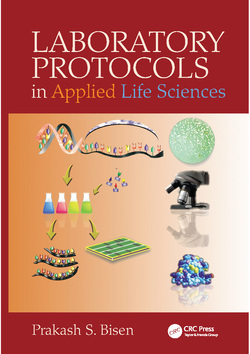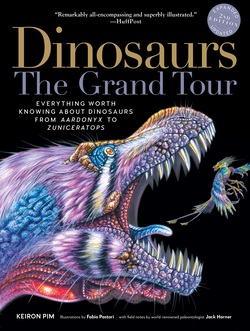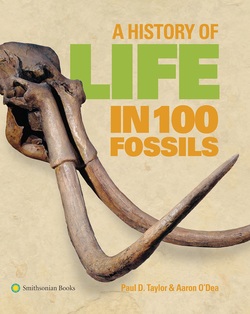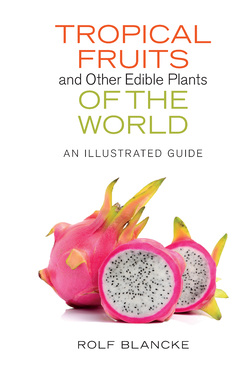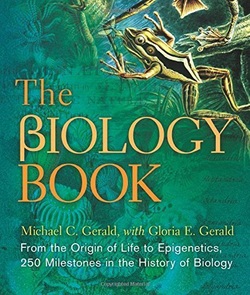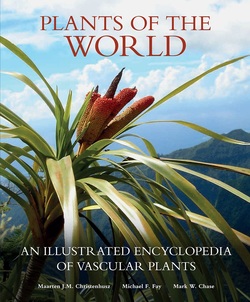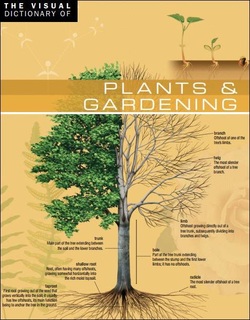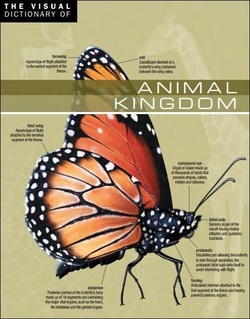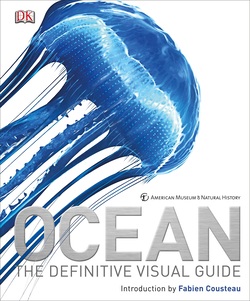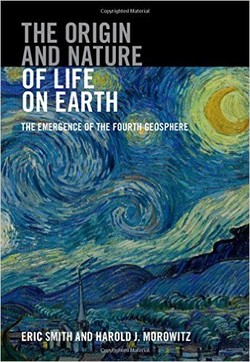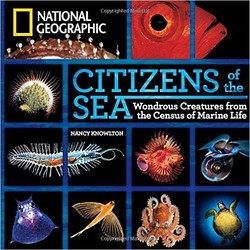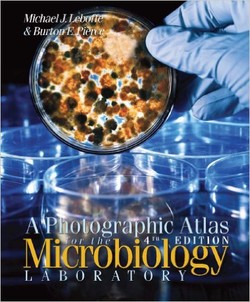سلول؛ سیاحتی تصویری از بخشهای ساختاری حیات
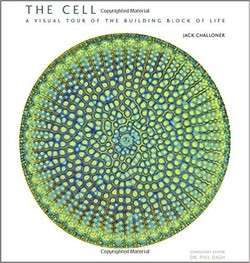
با این کتاب، Jack Challoner خوانندگان را با یک سفر تصویری خیرهکننده از بخشهای مولکولی قابل توجه همراه میکند. بسیاری از موارد زندگی که ما با آنها آشنا هستیم _گیاهان موجود در باغ، حیواناتی که از آنها تناول میکنیم_ از میلیونها یا میلیاردها سلول تشکیل شدهاند. اکثر موجودات چندسلولی از انواع بسیاری سلول تشکیل میشوند که هر کدام بهطور اختصاصی نقش خاصی، از ساخت استخوانها و یا تولید رنگدانه در گلبرگها تا مبارزه با بیماریها، را ایفا میکنند. اما اکثریت عظیمی از موجودات زنده در سیاره ما تکسلولی هستند.
این کتاب یک منبع معتبر و دستیابیپذیر است که هر آنچه در داخل هر سلول زندهای رخ میدهد را بررسی میکند، از ساخت پروتئین و تولید انرژی تا ایجاد سلولهای مشابه خود، و همچنین اهمیت این واکنشهای شیمیایی را در مقیاس کارهای روزمره و موارد جهانی میسنجد. در طول این سفر، Challoner بر روی بسیاری از جذابترین سؤالات تحقیقات علمی کنونی پرتو افکنده و مورد بررسی قرار میدهد.
این کتاب یک منبع معتبر و دستیابیپذیر است که هر آنچه در داخل هر سلول زندهای رخ میدهد را بررسی میکند، از ساخت پروتئین و تولید انرژی تا ایجاد سلولهای مشابه خود، و همچنین اهمیت این واکنشهای شیمیایی را در مقیاس کارهای روزمره و موارد جهانی میسنجد. در طول این سفر، Challoner بر روی بسیاری از جذابترین سؤالات تحقیقات علمی کنونی پرتو افکنده و مورد بررسی قرار میدهد.
سال انتشار: 2015 | 193 صفحه | حجم فایل: 61 مگابایت | زبان: انگلیسی
The Cell: A Visual Tour of the Building Block of Life
نویسنده
Jack Challoner
ناشر
University Of Chicago Press
ISBN10:
022622418X
ISBN13:
9780226224183
قیمت: 16000 تومان
برچسبها: سلول The cell is the basic building block of life. In its 3.5 billion years on the planet, it has proven to be a powerhouse, spreading life first throughout the seas, then across land, developing the rich and complex diversity of life that populates the planet today. With The Cell: A Visual Tour of the Building Block of Life, Jack Challoner treats readers to a visually stunning tour of these remarkable molecular machines. Most of the living things we’re familiar with—the plants in our gardens, the animals we eat—are composed of billions or trillions of cells. Most multicellular organisms consist of many different types of cells, each highly specialized to play a particular role—from building bones or producing the pigment in flower petals to fighting disease or sensing environmental cues. But the great majority of living things on our planet exist as single cell. These cellular singletons are every bit as successful and diverse as multicellular organisms, and our very existence relies on them. The book is an authoritative yet accessible account of what goes on inside every living cell—from building proteins and producing energy to making identical copies of themselves—and the importance of these chemical reactions both on the familiar everyday scale and on the global scale. Along the way, Challoner sheds light on many of the most intriguing questions guiding current scientific research: What special properties make stem cells so promising in the treatment of injury and disease? How and when did single-celled organisms first come together to form multicellular ones? And how might scientists soon be prepared to build on the basic principles of cell biology to build similar living cells from scratch.
